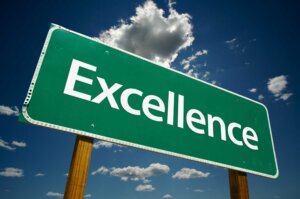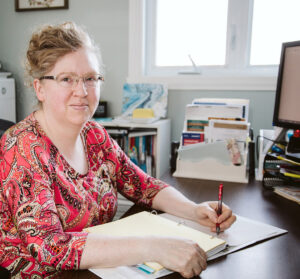The first Best Practice in the Fidelity area of translation quality is to Pursue Excellence. This means that we must debunk the myth that written translation should be easy and quick because we are bilingual. The reality is that while interpreters work quickly in real time, written translators must work diligently and more slowly, because language rules are much stricter for writing than for speaking.
The best strategy in pursuing excellence in translation is to SLOW DOWN. Do not try to rush the process. When I was doing my first degree in translation (B.A.), our professors told us that a good pace to work toward was about one page (approximately 250 words) per hour. This gave us enough time to look up terms and expressions that we were not familiar with, and to do our best translation work.
When I tell you to spend an hour per page on translation, you will probably guess that I am NOT in favour of automatic translation. And you would be right! A machine will never be able to think completely like a human, to understand nuances and emotions. The results from automatic translation are not consistently dependable: sometimes they are great and sometimes they are not.
It takes a translator with extensive training and experience to correct the mistakes made in automatic translation, because they know which traps to watch out for. This activity is called post-editing and, frankly, it’s not very enjoyable! Real translation (from scratch) is fun… it’s art! It’s playing with words and putting them together in the most pleasant combination. Much different than the robotic type of translation churned out by a machine: that is best saved for instruction manuals.
If you use machine translation without post-editing skills, you are in danger of misleading readers, confusing them, or even making them laugh at you. Probably not what you had in mind, right?
So I urge you to take the time you need to do the best translation possible, to do self-revision and to use an editor. Keep learning and improving… Pursue Excellence! Next week, we will talk about another best practice: Ensure Accuracy.
Have a great day!
Liane 🙂
